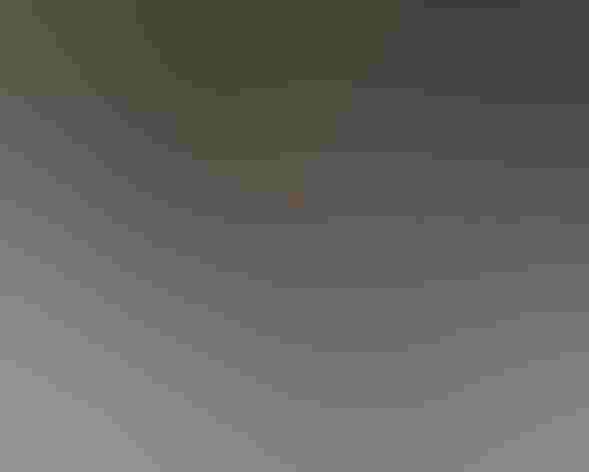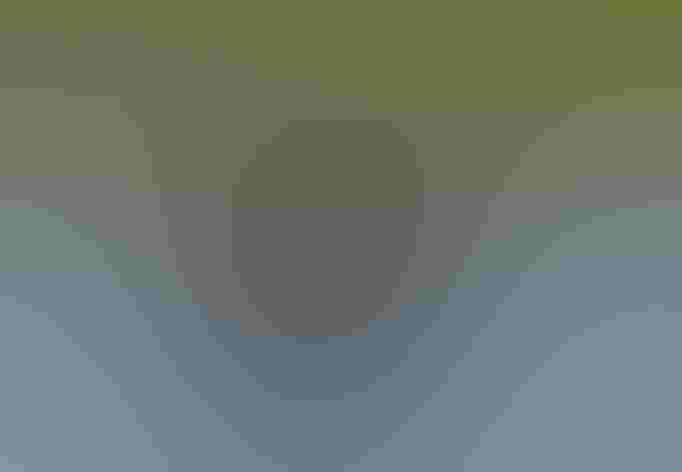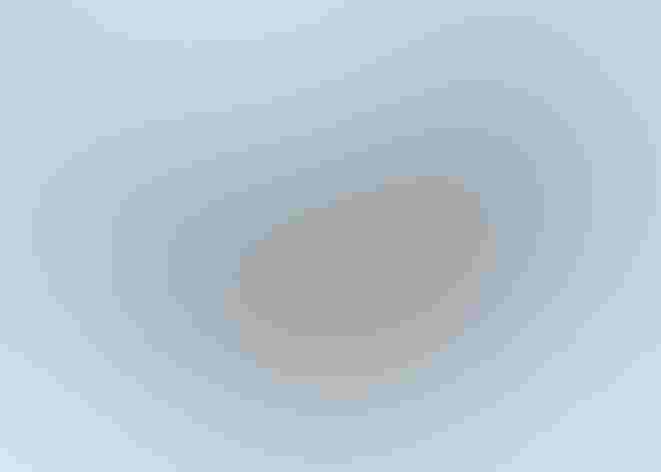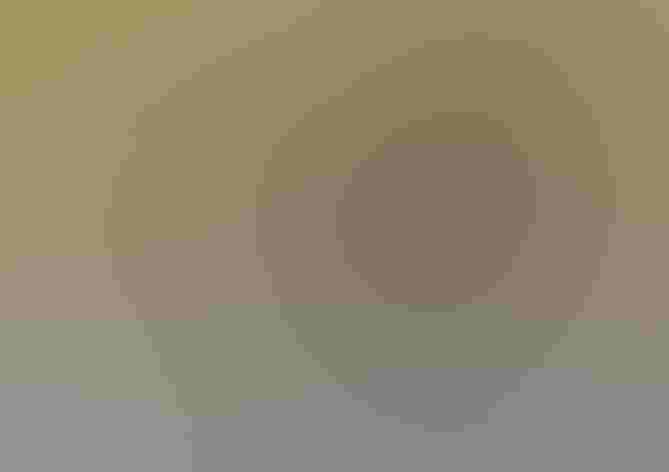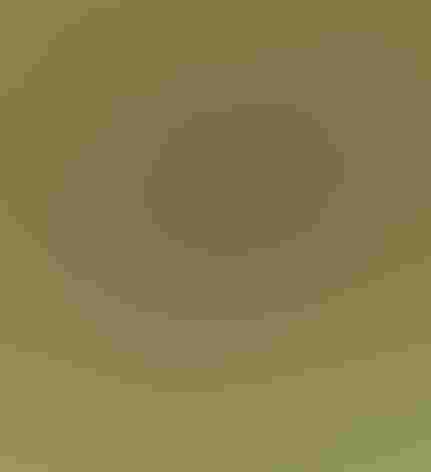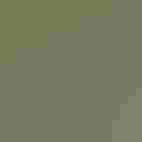Snail Kite
At a Glance
In the wide-open marshes of central Florida, this broad-winged bird glides slowly and low over the sawgrass. It has no need for fast flight, because it seeks only snails -- and only one particular sort, the apple snail. This snail is strongly affected by water levels, and drainage of wetlands has hurt populations of both the snail and the kite. The Florida race of this bird, formerly called Everglades Kite, is now endangered.
All bird guide text and rangemaps adapted from Lives of North American Birds by Kenn Kaufman© 1996, used by permission of Houghton Mifflin Harcourt Publishing Company. All rights reserved.
Category
Hawk-like Birds, Hawks and Eagles
IUCN Status
Least Concern
Habitat
Freshwater Wetlands, Lakes, Ponds, and Rivers
Region
Florida
Behavior
Direct Flight, Soaring
Population
2.000.000
Range & Identification
Migration & Range Maps
Apparently not migratory, but nomadic, moving around in response to changing water levels.
Description
16-18" (41-46 cm). W. 3' 8 (1.1 m). Broad wingtips, deeply hooked bill, orange-red legs and face. Male has slaty black, with much white at base of tail. Female browner, with white marks on face and streaks below, barring on wing feathers.
Size
About the size of a Crow, About the size of a Mallard or Herring Gull
Color
Black, Brown, Red, White
Wing Shape
Broad, Fingered
Tail Shape
Rounded, Square-tipped
Songs and Calls
Low cackles and chatters when disturbed.
Call Pattern
Flat
Habitat
Freshwater marshes and canals. In Florida, it is found at large freshwater lakes and marshes. Favors shallow waters, featuring stands of sawgrass and cattails, mixed with areas of open water and a few shrubs or low trees. In the American tropics, also found in wet savannahs, rice fields, and flooded fallow sugarcane fields.
Sign up for Audubon's newsletter to learn more about birds like the Snail Kite
Behavior
Eggs
Currently in Florida, usually 2-3. Formerly may have laid more eggs there, regularly 4, rarely 5-6; smaller clutches today may be response to lowered food supply. Eggs white, marked with brown. Incubation is by both parents, 26-28 days.
Young
Both parents feed the young at first, bringing them snails. After 3-6 weeks, one parent (either one) usually departs, may find another mate and nest again. Remaining parent cares for young until they are 9-11 weeks old. Young may climb out of nest at 4-5 weeks, can fly well at 6-7 weeks.
Feeding Behavior
Hunts by gliding slowly and low over marsh, dropping to pick up snail with one foot from surface of water or plants. Sometimes perches low, scanning surrounding area for snails, then flies to catch one. Kite flies to perch, holds snail with one foot while extracting snail from shell with long, curved upper mandible of bill.
Diet
Large snails. Under normal conditions, Florida birds live almost entirely on large apple snails (genus Pomacea). When the snails become scarce, as during drought, the kites may eat many small turtles. Also rarely eat small snails, rodents, crabs.
Nesting
Usually nests in loose colonies. In courtship, male flies up and dives short distance repeatedly near female; flies with exaggerated deep wingbeats. Male may feed snails to female. Nest site is over water in shrub or low tree, sometimes in cattails or sawgrass, usually 3-15' above water, rarely up to 30' or higher. Nest (built mostly by male) is bulky platform of sticks and twigs, lined with vines and weeds.
Conservation
Conservation Status
The Florida population is endangered; disruption of water flow (with impact on habitat and snail populations) is the main cause. Recently an exotic species of apple snail, larger than the local native species, has become established in Florida. The impact of this exotic on the Snail Kites is still uncertain: it might harm the birds by outcompeting the native snail, or the kites may adapt to feeding mainly on the newly established species.
Climate Threats Facing the Snail Kite
Choose a temperature scenario below to see which threats will affect this species as warming increases. The same climate change-driven threats that put birds at risk will affect other wildlife and people, too.

